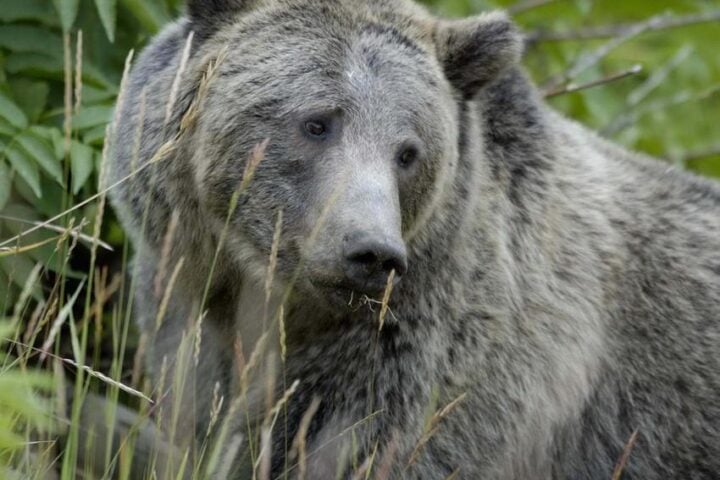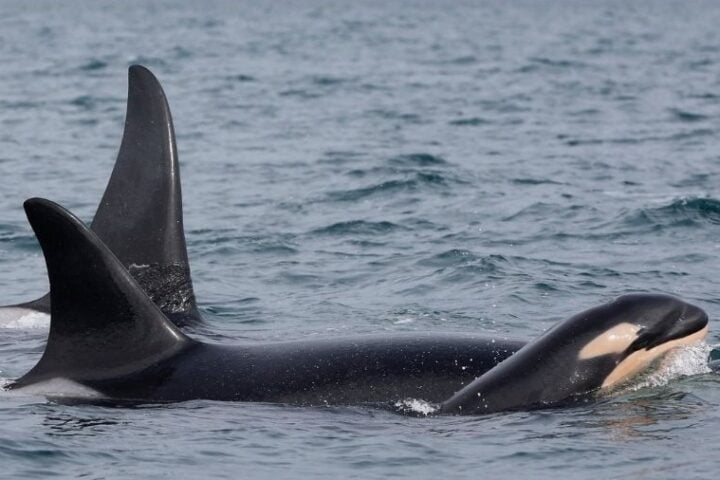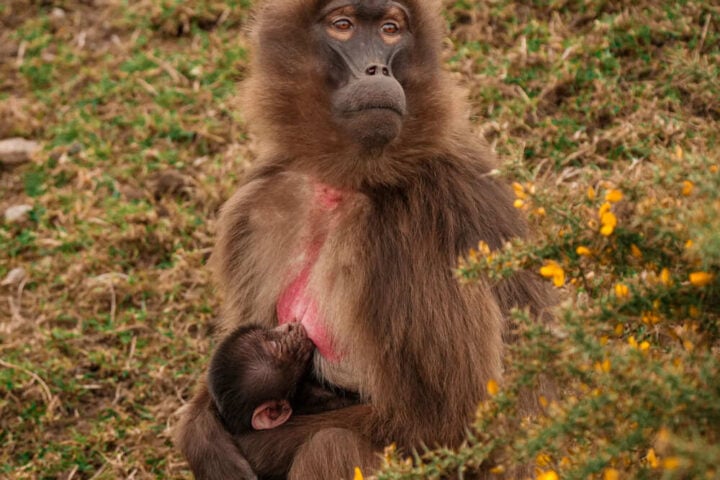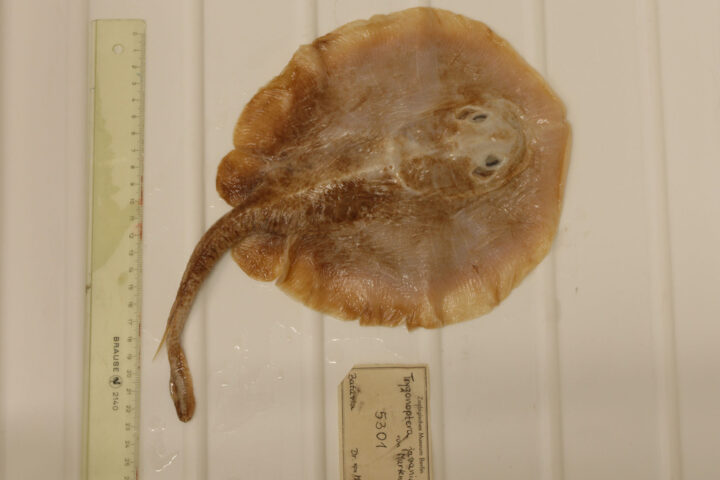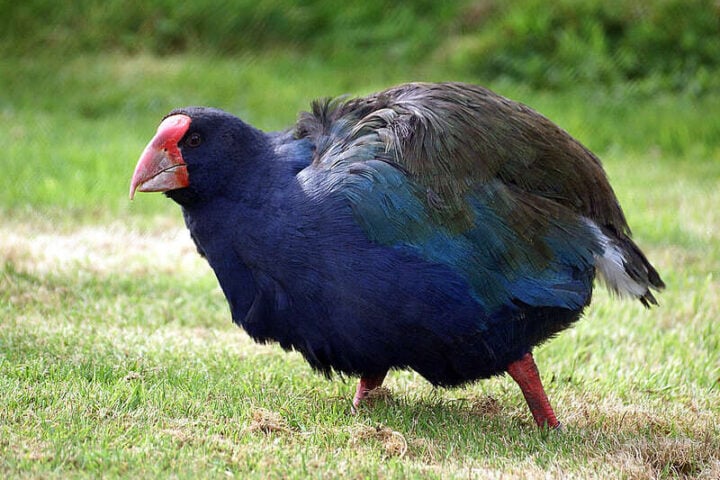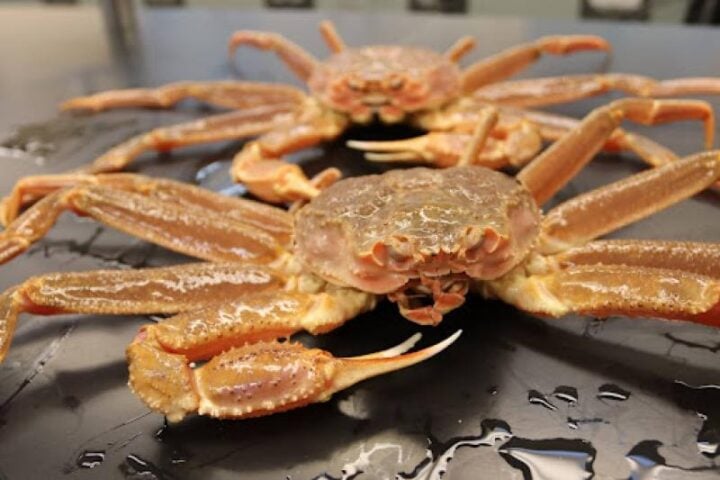A significant legal agreement between conservationists and federal wildlife officials marks a potential turning point for two at-risk species. The U.S. Fish and Wildlife Service (USFWS) must now decide by October 2028 whether to grant endangered status to the southern bog turtle and the roughhead shiner under the Endangered Species Act.
The Center for Biological Diversity reached this agreement with the USFWS on April 8, 2025, after filing a lawsuit to address long delays in protection decisions for these vulnerable species.
“These tiny turtles and rare fish will go extinct without endangered species protections, but this agreement tosses them a lifeline,” said Will Harlan, southeast director at the Center for Biological Diversity. “The powerful protections of the Endangered Species Act are these animals’ best bet for surviving an uncertain future.”
Southern Bog Turtle: North America’s Smallest Turtle in Crisis
The southern bog turtle, measuring only about the length of a crayon, faces severe population decline. These small turtles have lost at least 50% of their population in the last two decades, with fewer than 2,000 individuals remaining.
These turtles now survive in just 14 viable habitats across five states: Georgia, Virginia, North Carolina, South Carolina, and Tennessee. Their mountain bog wetland homes continue to shrink, with only about 500 acres of suitable habitat remaining across their entire southern range.
The southern bog turtle faces multiple threats:
- Non-native plants invading their wetland habitats
- Illegal poaching for the pet trade
- Urban development destroying their habitats
- Road deaths when crossing between fragmented habitats
The Center for Biological Diversity petitioned for protections in 2022, and while the USFWS acknowledged in October 2022 that the turtles might warrant protection, the agency missed its deadline for making a final decision by more than a year.
Similar Posts
Roughhead Shiner: A Virginia Fish Found Nowhere Else
The roughhead shiner, a small olive-colored minnow named for the bumps on its head, lives exclusively in Virginia’s upper James River watershed. The fish faces displacement by an invasive species, the telescope shiner, and Virginia officials reported its population as “critically low” back in 2015.
Despite being identified as threatened 50 years ago and placed on a waiting list for protection in 1994, the roughhead shiner still lacks formal protections. The Center for Biological Diversity petitioned for its protection in 2022, and while the USFWS acknowledged in March 2023 that it might warrant protection, a decision was already two years overdue.
Part of a Larger Freshwater Crisis
The plight of these two species reflects a broader freshwater extinction crisis in the southeastern United States. This region serves as a global hotspot for aquatic biodiversity, yet more than 40% of its fish and turtles face extinction risk.
“Protecting turtles and fish is also good for people because our drinking water depends on clean rivers and wetlands where these species live,” Harlan noted. “The Southeast is experiencing a freshwater extinction crisis and these imperiled animals can’t get protections soon enough.”
Habitat loss, pollution, invasive species, and climate change all contribute to this crisis. The Endangered Species Act could provide crucial protections for these species, preventing further habitat destruction, restricting harmful activities, and requiring recovery plans.
While the agreement sets a deadline for 2028, conservationists emphasize that quick action remains essential for the survival of these rare species.
Frequently Asked Questions
The U.S. Fish and Wildlife Service has agreed to decide by October 2028 whether to list the southern bog turtle and roughhead shiner as endangered species. This agreement comes after a lawsuit from the Center for Biological Diversity over delays in protection decisions. Both species face severe population declines, with the bog turtle having lost half its population since 2000 and the roughhead shiner reported as “critically low” in 2015.
Southern bog turtles are endangered due to multiple threats: their wetland habitats are being drained for development, non-native plants are invading their remaining habitats, they’re targeted by illegal poachers for the pet trade, and they face deaths on roads that cut through their migration paths. Fewer than 2,000 individual turtles remain across just 14 viable habitats in five states (Georgia, Virginia, North Carolina, South Carolina, and Tennessee).
The roughhead shiner is a small olive-colored minnow named for the bumps on its head. What makes it special is that it’s found exclusively in Virginia’s upper James River watershed and nowhere else in the world. Despite being identified as threatened 50 years ago and placed on a waiting list for protection in 1994, it still lacks formal protections. It’s being displaced by an invasive fish species called the telescope shiner.
Endangered Species Act protection provides several crucial benefits: it prevents further habitat destruction, restricts activities that harm the species, requires federal agencies to consult with wildlife officials before taking actions that might affect the species, and mandates the development of recovery plans. These legal protections create a framework for conservation efforts and can provide resources for habitat restoration and population recovery.
As Will Harlan from the Center for Biological Diversity explains, “Protecting turtles and fish is also good for people because our drinking water depends on clean rivers and wetlands where these species live.” These animals serve as indicators of ecosystem health. The southeastern United States is experiencing a freshwater extinction crisis with over 40% of fish and turtles at risk. Protecting these species helps maintain the overall health of freshwater ecosystems that provide clean water and other benefits to human communities.
The legal agreement requires the U.S. Fish and Wildlife Service to make a final decision by October 2028. This doesn’t guarantee the species will receive protection, only that a decision must be made by that deadline. Conservationists are hopeful that both species will receive endangered status given their documented population declines and ongoing threats, but the final decision will be based on the agency’s scientific assessment over the next few years.
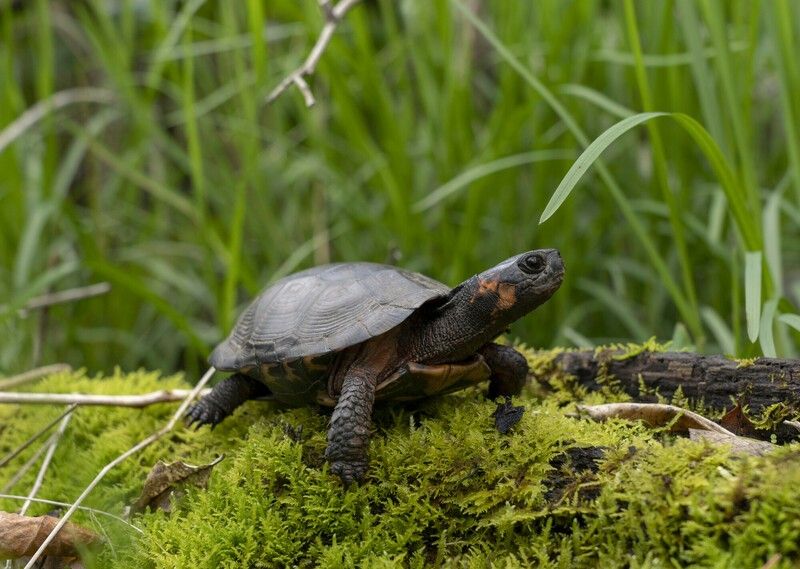

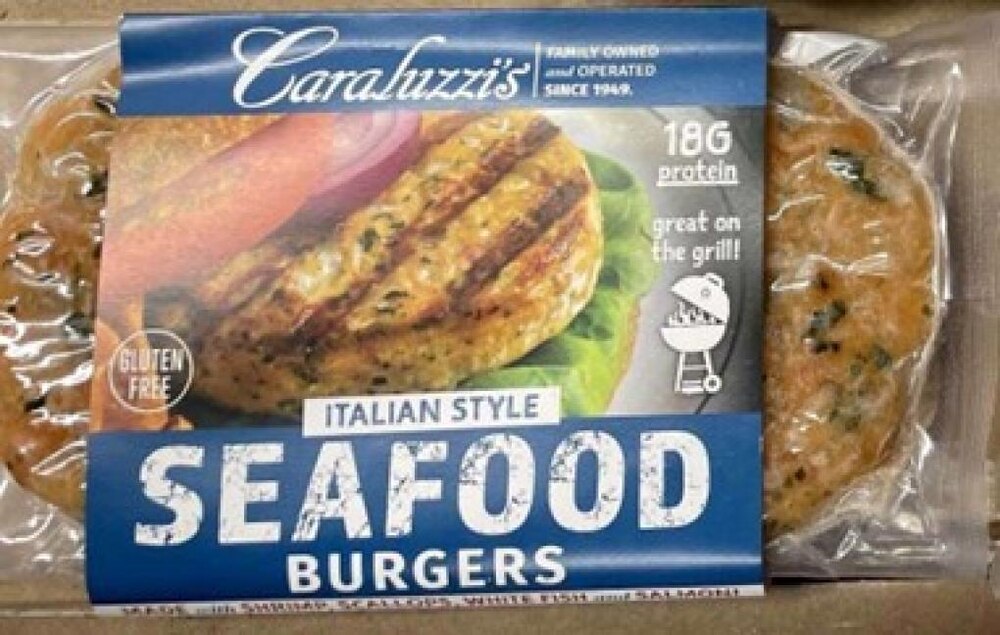

![Representative Image: European Starling [49/366]. Photo Source: Tim Sackton (CC BY-SA 2.0)](https://www.karmactive.com/wp-content/uploads/2025/04/Starlings-Drop-82-in-UK-Gardens-as-Birdwatch-2025-Reveals-Record-Low-Count-Since-1979-720x480.jpg)
